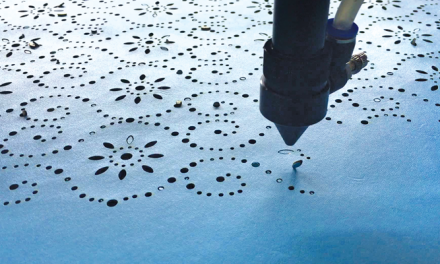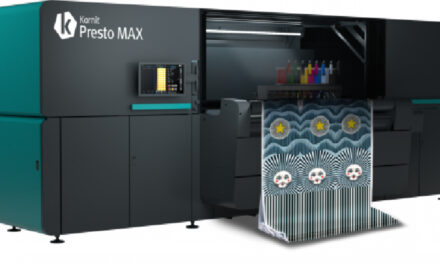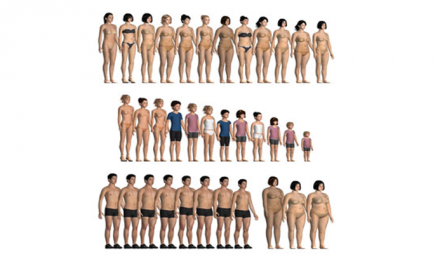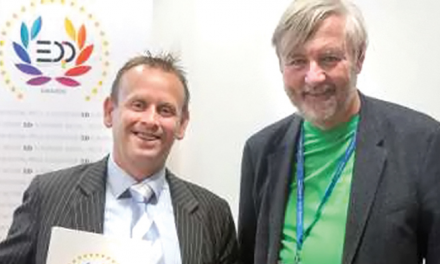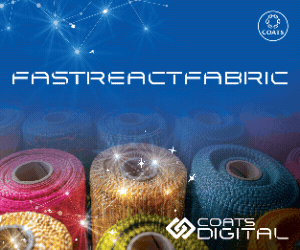
When designing cuts, darts serve to enhance the fit. The fit is a quality feature in the garment and lingerie industry that is used to evaluate how the cut, the flow of lines and the function of a piece of clothing match the anatomic needs of the person who wears it.
When it comes to the design of the darts, one distinguished between:
- Single-pointed, double-pointed or conical darts
- Straight darts and those with a curved seam
- Incised and not-incised darts
The effectiveness of the dart is largely determined by the shape, the seam contour as well as the length and the depth of the dart. In pattern construction the depth ofthe darts is determined by experience or calculation. The length of the dart depends on the depth and the function of the dart. Independent of the depth and the length, one must ensure that that the seam contour is even and harmonious relative to the point. The point which is located in a particular position of the finished garment, must be sewn correctly and flatly; otherwise so-called “dimples” will appear.

Source: PFAFF Industriesysteme und Maschinen GmbH
Problems with the fit may in many cases are caused by the production process. The position and the contour of the dart are determined by the pattern design. What, however, happens during production? The dart is distributed to various workplaces to utilise the machine capacity although the workplace and the operator cannot really fulfill the requirements. A continuous repeatability can hardly berealised. Productivity and the full utilisation of the capacities of existing machines are given priority over quality and process reliability.
The belief that quality can only be achieved at the expense of productivity can be refuted here. The class PFAFF 3586 and PFAFF 3519 sewing units for darts ensure 100 per cent repeatability and significantly increase productivity at the same time.
An overview of the class features:
 Darts are sewn from the pocket opening to the point. This ensures a slim, neat point with no untidy “dimples”
Darts are sewn from the pocket opening to the point. This ensures a slim, neat point with no untidy “dimples”- Conversion independent of guide rails / pre-programmed seam contours enable a change of operations in a matter of seconds: Simple operation short training periods
- Identical dart depths for identical material thickness; even when switching the material and thus varying material thicknesses the desired dart depth may be exactly maintained by using a “correction key” Integrated programming of the seam pattern
- The desired measurements may be directly entered via the P1operator panel of the touch screen (see examples on the next pages). Pre-defined standard seams are quickly edited / modified with ease
- Sewing of up to 8 different seam types in any desired sequence, so e.g. different darts and waistband pleats can be set and produced mirror imaged
- Stacker + loading table for overlapping work method
- Streamlining features such as needle thread monitor, counter and a detection for the remaining bobbin thread


